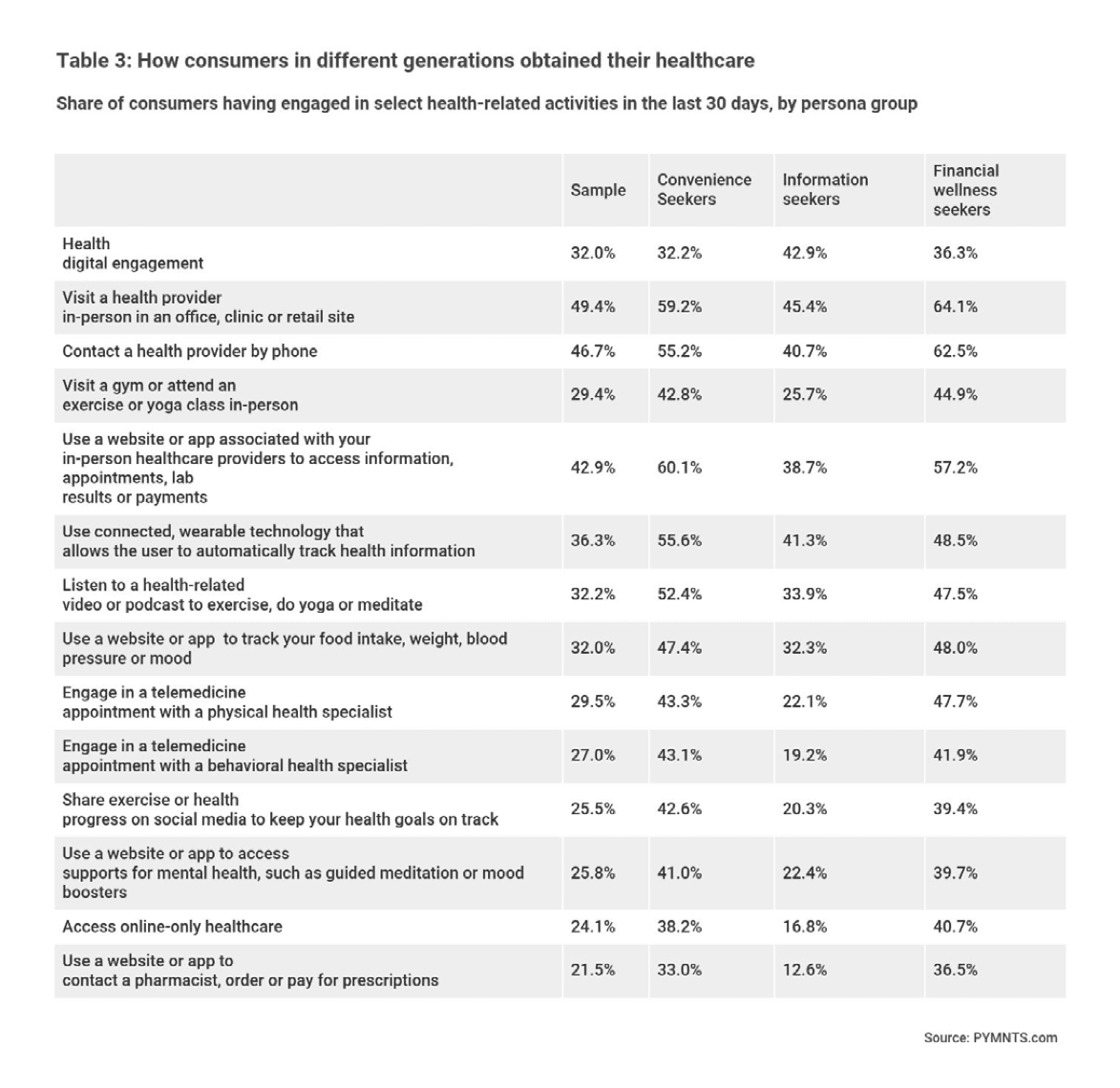Digital Healthcare Use Surged 2.9% in December 2021 on Fears of Omicron

When cases of the omicron variant of COVID-19 began to surge, consumers avoided in-person doctor visits, instead choosing telehealth or other virtual medical appointments. Seventy-five million patients received their healthcare online in December 2021, up 2.9% from November 2021, according to The ConnectedEconomy Monthly Report, a PYMNTS report that surveys roughly 2,500 U.S. consumers each month and builds on the 18,000 consumers PYMNTS has surveyed since March 6, 2020.
Get the report: The ConnectedEconomy Monthly Report
PYMNTS research shows that 2.1 million more consumers accessed healthcare products and services online in December than they did just one month earlier. Also, 2.8 million fewer consumers attended in-person medical appointments in December than in November. This shift in consumer behavior noticeably coincides both with the first surge in omicron infection rates and the holiday travel season.
Millennials were the top users of digital healthcare options. They are the most likely of any demographic age group to obtain healthcare-related products and services online, with 46% of them (13 million) doing so in December. This compares to just 27% of Generation X and 13% of baby boomers and seniors.
Millennials are the most likely to have accessed nearly every type of digital healthcare option, with one exception — Generation Z is the most likely to have obtained their mental and behavioral health services online.
Among the consumer persona groups identified in PYMNTS’ research, financial wellness seekers and convenience seekers are digital-first healthcare enthusiasts. These groups are 50% more likely than the average consumer to obtain healthcare online.
Forty-five percent of each of these two persona groups accessed their health-related products and services online in December, but their use of digital healthcare options varied. The difference is that while financial health seekers are more likely to attend telehealth appointments and use online-only healthcare services, convenience seekers are more likely to use digital channels to schedule, pay for and manage in-person appointments.

